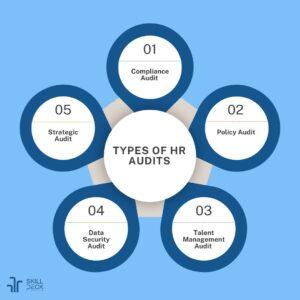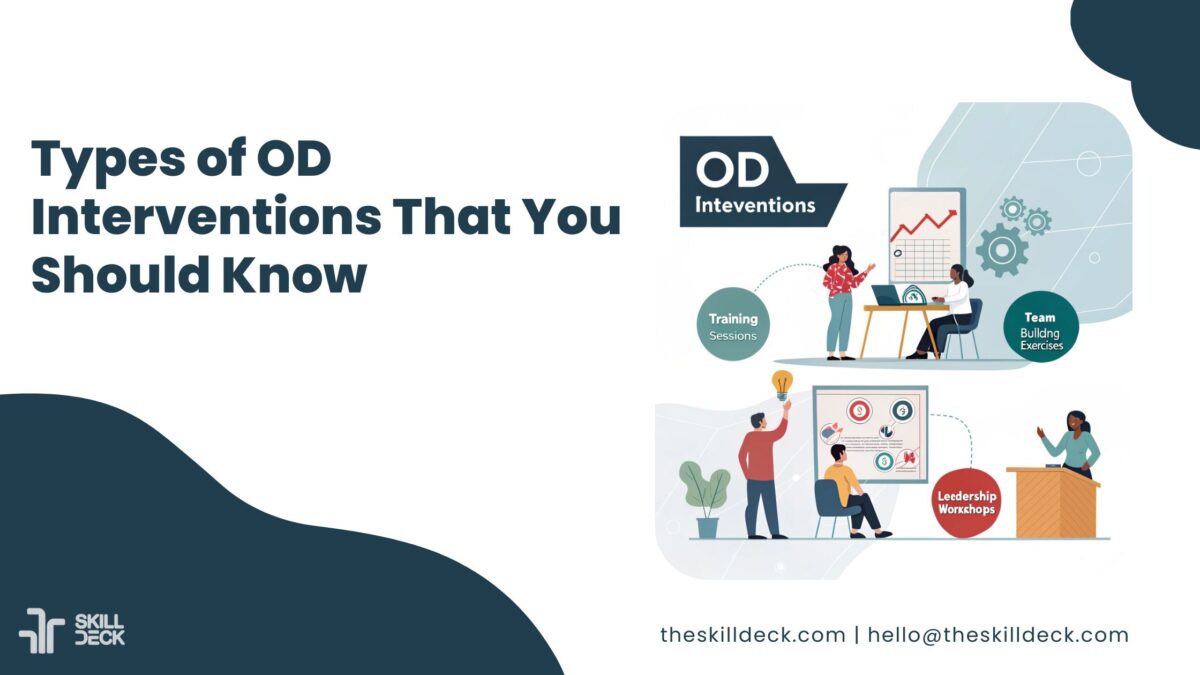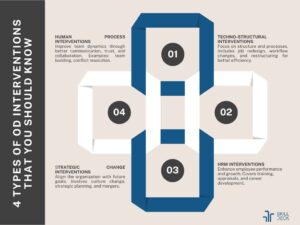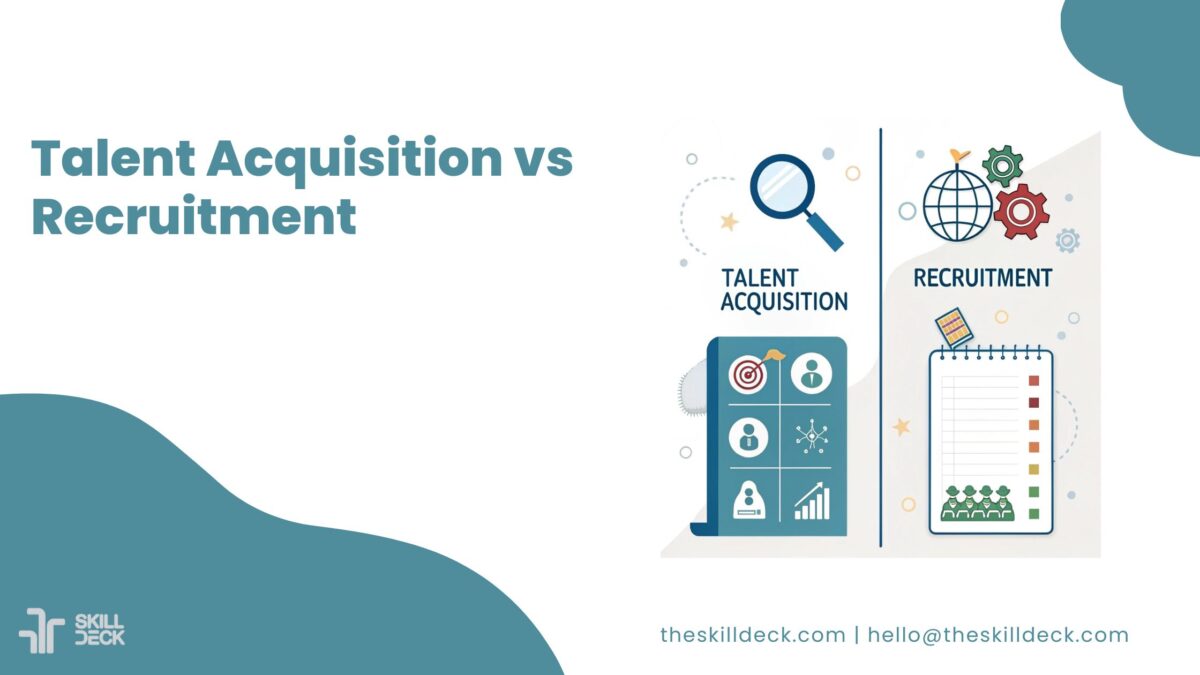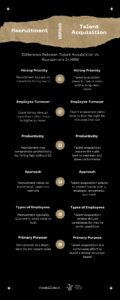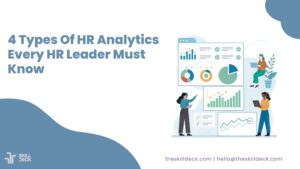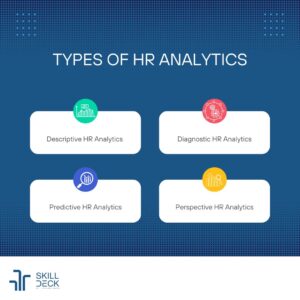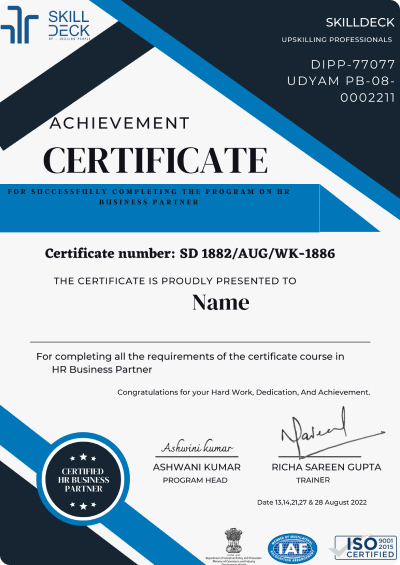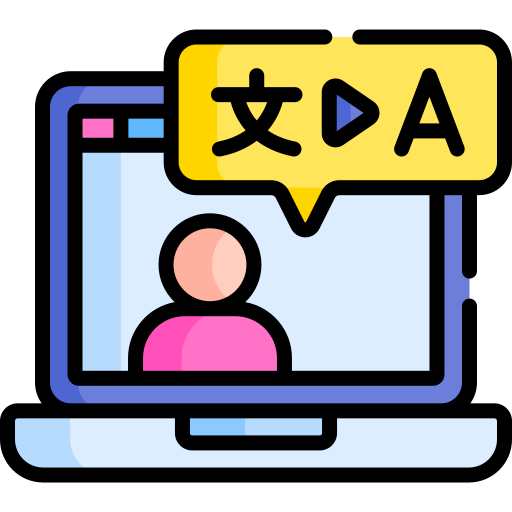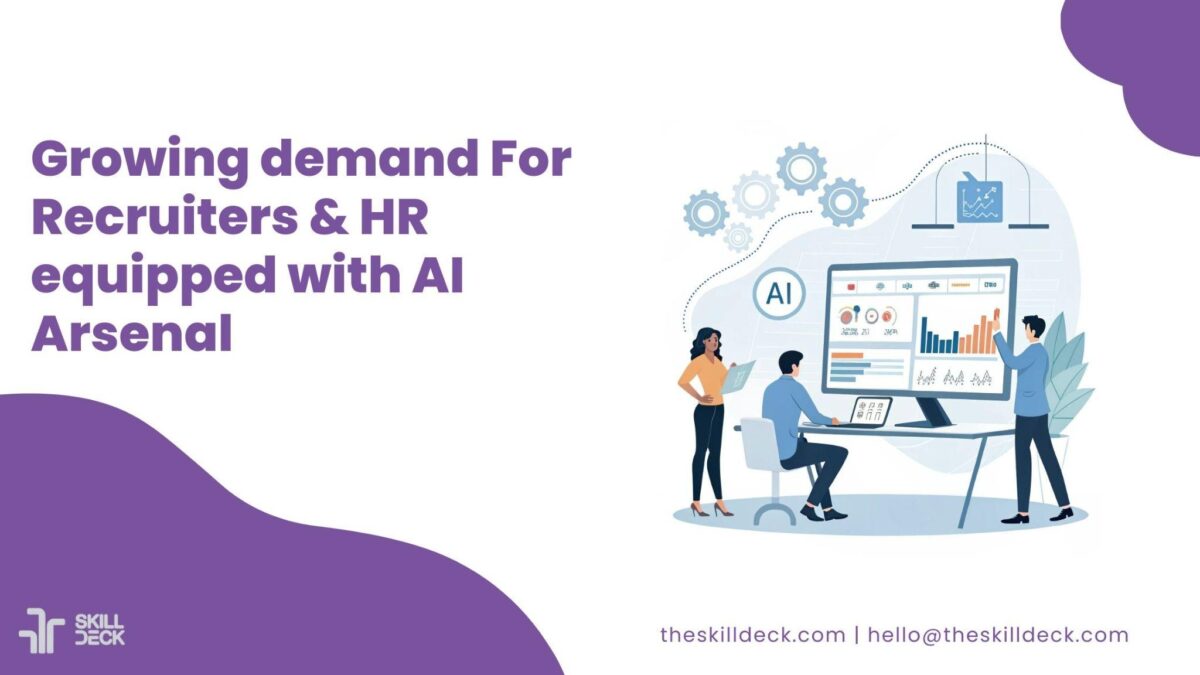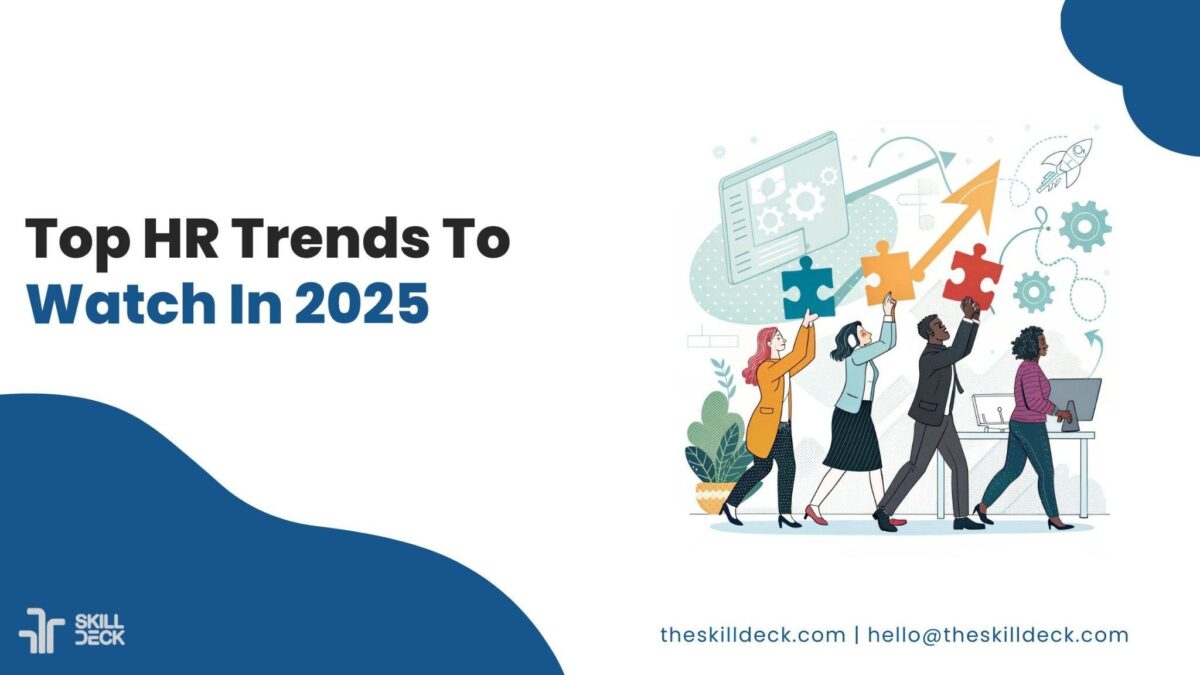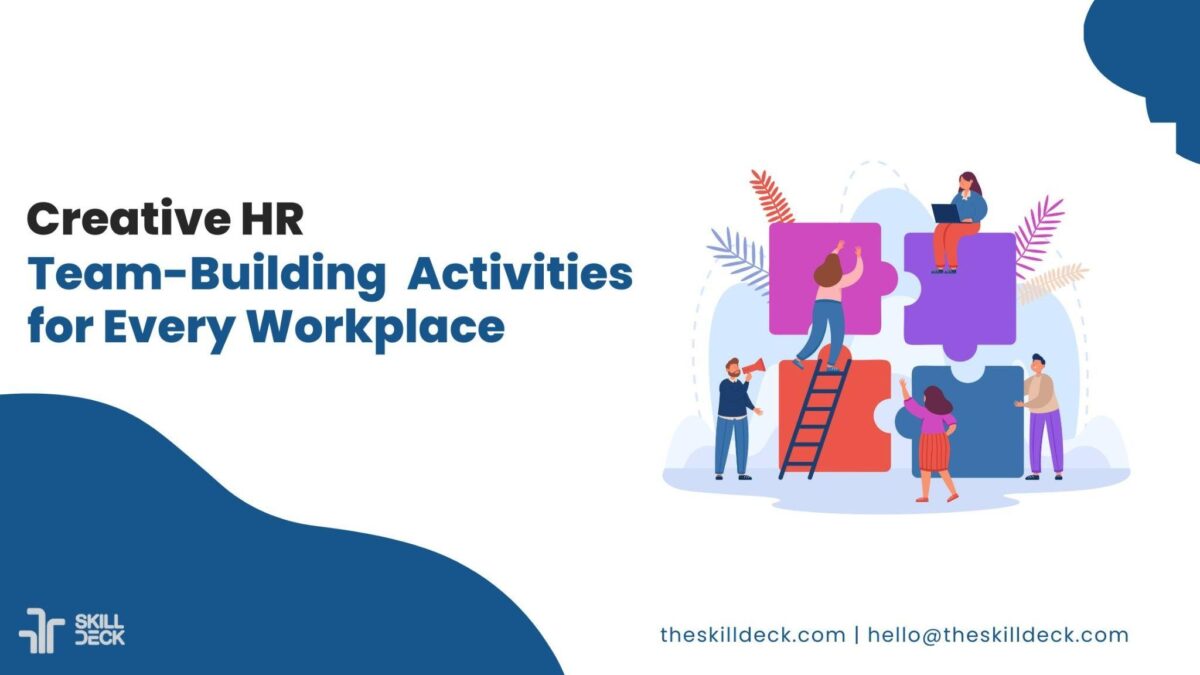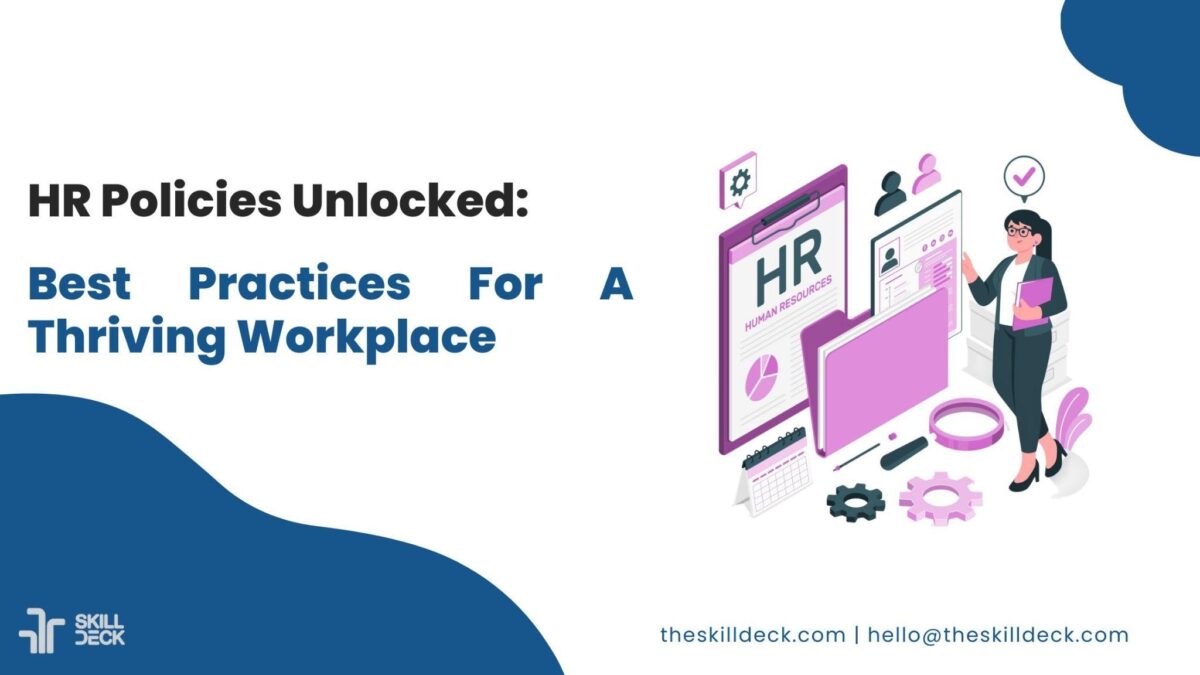When you enter a new company, you receive HR policies that highlight your roles, responsibilities, and expectations, as an employee. While many think of them as invisible restrictions that serve the company’s interests. In reality, every member of the organization has to follow the human resource policies and procedures for hassle-free company operations.
The best HR policies allow management to make decisions based on data and critical thinking instead of personal bias and guesswork. These guidelines bring structure, which is a difference maker between a company that knows its next step and a company that constantly faces new issues.
A well-planned list of HR policies considers many internal and external factors, which we will discuss in this article. This allows the firm to plan its next recruitment drive, ensure fairness in the workspaces, stay competitive, resolve conflict quickly, co-ordinate between remote teams, and prevent legal risks.
Here we conclude our introduction.
Coming up next, we will learn about the most practiced human resource management policies in 2025, along with the objectives that businesses can achieve by creating a synchronized, Inclusive, and complaint workforce.
What Do You Mean By HR Policies In HRM?
Human resource management policies are a company’s guidelines to address workplace standards, obligations, safety, challenges, and opportunities. HR policies also act as a guidebook that employees can refer to anytime, to comply with the company’s expectations.
A company’s industry, jurisdiction, work for setup, product, culture, technology use, etc, influence their HR policies. These guidelines safeguard a business from legal obligations and create a more formidable workforce.
The Human Resource department is primarily responsible for creating HR policies and procedures. It also ensures that all personnel follow the proposed blueprint by conducting timely communication and training.
Types of HR Policies

Anti-Harassment and Anti-Discrimination Policy
Businesses should never take the topic of discrimination or harassment lightly because, aside from attracting legal penalties, inappropriate behaviour creates a toxic workplace that affects employee morale and productivity. Appropriate anti-harassment and anti-discrimination HR policies are a company’s safeguarding mechanism against race, language, disability, religion, nationality, qualification, income or gender based prejudice.
Your anti-harassment and anti-discrimination human resource policies should follow the latest jurisdiction regulations. They should provide clear distinction between appropriate and inappropriate (verbal, non-verbal, and physical actions) – along with guidelines to report any misdemeanour to the concerned authorities.
Recruitment and Talent Acquisition HR Policies
Organizations need recruitment and talent acquisition HR policies, because contrary to what many believe, recruitment is a complex process, which involves multiple pre- and post-recruitment steps. From screening resumes, collecting employee records, and referrals, and filing tax documents to employee onboarding and asset handover.
If you want to attract the candidates with the right qualification, experience, and skills for the job, then you need HR policies to systemise this entire hiring process. This means a set of guidelines that include
- Transparent communication
- Unbiased interview process
- Thorough employee background checks
- Scanning potential internal talents
- Seamless policy hiring policy adoption by different departments.
Workplace Safety, Security, And Health Policies
Creating safe, secure and healthy workspaces should be on top of any company’s priority list because, for one, they reinforce a company’s commitment towards their workers’ physical and mental welfare.
So what should your safety, security, and health HR policies contain?
For starters, clear communication channels for employees to post their complaints. You should also reciprocate with immediate safety measures to minimize work-related accidents.
Next, your human resource policies for safety and security, must highlight steps that employees can take during emergencies. This includes accessing protective gears from the right locations or manually locking the company networks in case of cyber security attacks.
Compensation And Benefits Policy
A company’s compensation and benefit HR policies describe the monetary and non-monetary perks that employees are entitled to. We are talking about –
- health insurances
- hazard pay
- overtime
- Flexible working schedules
- ESOPs
- Maternity and Paternity leaves
And more
Because attractive salary packages may get you the attention of the best candidates, but if you want to keep them satisfied and around for longer, then you need to UP your benefit and compensation policies.
Of course, full-time, part-time, and contract-based workers get different benefits, which you help them understand with your compensation and benefit policies.
Social Media Use Policy
It is virtually impossible to escape people’s gaze in the digital era and even if your company does not have a strong social media presence, your employees sure do.
One inappropriate tweet mentioning the business can cause irreversible damage to the brand’s reputation. This is why it is necessary to have human resource policies for social media, which dictate the terms of use of a company’s digital assets. This can be the company logos, data, slogans, text, pictures, etc.
Social media HR policies should make clear distinctions between what employees can or cannot post about the company, on any public networking platforms. Ensure emphasis on disciplinary actions if the policy terms are violated.
Leave And Time-off Policies etc.
Everyone deserves some time-off to relax and recharge and a company’s employees are entitled to several such leaves, thanks to public holidays and designated vacation days.
Employees also get leaves based on their circumstances like sick leaves, maternity and paternity leaves, family emergency leaves, marriage leaves, and more.
Leave and time-off policies will help your employees understand the type of leaves they are eligible for and whether they are entitled to pay or not.
Dress Code Policy
The primary purpose of HRM dress code policies is ensuring that the employees come to the office in professional attire that aligns with the company’s standards. This also extent to grooming and personal hygiene.
Effective dress code policies highlight –
- Clothing guidelines for work days
- Clothing guidelines for casual days
- Dressing expectations when employees represent the company outside the premises
- Specific restrictions on office attire like non-ironed/untucked shirts or loose trousers.
- Cultural and religious clothing considerations
By enforcing dress code policies, you can create a productive and inclusive workspace that is free from distractions.
Confidentiality HR Policies
A functioning organisation will always have information that it wants to safeguard from foreign eyes. This can be related to –
- A new product patent
- Inside trade secrets
- Marketing strategies
- Network codes
- Pricing details
- Graphics
Confidentiality policies present guidelines that instruct employees to refrain from disclosing sensitive company information to anyone, unless authorised by relevant parties. These HR policies should also mention disciplinary actions against the employees if they violate the confidentiality terms.
Work From Home Policies
Every day more organizations are adopting the hybrid or fully remote working models for their workforce and this raises demands for new human resource policies that align a company’s culture and goals with employees’ productivity.
You will find more emphasis on technology in work from home policies as it is the primary communication medium between headquarters and workers from different parts of the globe. The policies also highlight
- Job profiles eligible for work from home
- Employee performance expectations
- Meeting timings
- Days that employees need to come to the office
- Date transfer and security protocols during online interactions.
Offboarding Policy
Employees part ways with the company all the time, whether through resignation, contract expiration or termination. In either instance, it is important that all parties follow a systematic exit approach, which is possible with well laid out offboarding policies.
This list of HR policies highlights key steps that employees and the company have to follow during the offboarding process, like –
- Communicating expected notice period
- Recording reason for company exit
- Collecting company assets
- Manually revoking network Access
- Organizing exit interviews
- Settling final paycheck
Offboarding employees is a sensitive part of HR responsibilities. HR policies help the company fulfill its obligations, comply with labor regulations and continue a positive relationship with the outgoing worker.
Objectives Of HR Policies In HRM

Fostering Positive Work Culture
Human resources policies are basically strategies that improve employees’ work experience – by balancing their personal and professional lifestyle with the organization’s goals. Rewards like paid time, health insurances, bonuses, vocal appreciation and commissions, with quick appeals and approvals fosters positive relationships between the organization and workers. Employees feel motivated to give their all when they are rewarded for their efforts. This boosts job satisfaction and raises company productivity.
Promoting Diversity And Inclusivity
HR policies that accommodate culturally inspired dress codes and take quick actions against any discrimination based on employees’ ethnicity, race, gender, age, disabilities, sexual orientation, language, etc, promotes Inclusive workforce that embraces each other’s differences and work together towards a collective goal.
The HR policy and practices also address equality in opportunities –
- Equal pay for equal work
- Unbiased opportunities for career advancement
- Equal participation in discussions
- Elimination of unbiased recruiting and training programs.
Eliminating Communication Gap
Companies frequently update their human resource management policies to narrow the growing communication gaps between employees and between employees and the leadership hierarchy. This is true for in-office, remote and hybrid workspaces.
For starters, HR policies mandate technology use and virtual checkings to promote employee involvement in discussion spaces.
Having clear modes of communication has plenty advantages –
- Workers can voice their concerns and get immediate resolutions
- Human resource executives can intervene and resolve conflicts.
- Less misunderstandings and higher morale
- Employees can understand the benefits of working for a company
- Better coordination and performance between team members
Creating Safe Workspaces
HR policies for safety and health address the physical and mental welfare of the employees. The guidelines ensure that employees have access to the right information, support, tools and practices for self protection.
Companies take many initiative, inline with their safety,security and health policies like
- Training programs and safety drills
- Timely audits and evaluations for risk assessment
- Virtual and in-person mental health and fitness seminars for stress management.
- Flexible working models
Achieving Company’s Objectives
All human resource management policies ultimately want more output, with efficient selection and utilization of its workforce. That said, HR policies and procedures –
- predict staffing requirements
- streamline hiring and onboarding
- manage payrolls
- evaluate performances
- retain top talents
- Maintain fairness
Furthermore, HR policies also do a good job in communicating individual responsibilities and employment benefits, resolving conflicts, implementing strategies, collecting feedback and boosting collaborative efforts, which propels the company to its desired goal much faster.
Meeting Compliances
It would not be an understatement to say that staying on the right side of the law is one of the bigger advantages of having a list of HR policies, guiding the company.
HR policies guide important company efforts like –
- Conforming to the labor laws
- Maintaining employee records
- Filing important documents
- Prohibiting discrimination and harassment in workspaces
- Meeting minimum wage requirements
- Maintaining safety standards
Factors Influencing Human Resource Management Policies

Technology Advancement
Companies adopt technology for many reasons, from identifying potential candidates, screening resumes and conducting interviews to storing data, managing payroll, analyzing data, cybersecurity and communication. Especially due to remote or hybrid work models.
A firm’s human resource management policies will be influenced by heavy inclusion of video conferencing software, Google Workspaces, cloud storage, CRM, data analytics platforms etc, primarily to safeguard vital information and boost interaction.
Legal Framework
Companies operate under the jurisdiction of human resource management laws of their home country. Hence they need to comply with the legal regulations associated with employee benefits, safety, discrimination, wages, health, etc, which often reflect into their human resource management policies. These policies also change with the legal framework updates.
Workers Union
A company often gets into a collective agreement with workers’ unions and under this agreement the company need to grant certain benefits to the workers for union activities, for instance, time-off to attend union meetings. Unions also have opinions on employee wages, working hours, and negotiation, which dictate a business’s human resource management policies.
Workforce Type
Following the pandemic, companies have become more agile with their workforce models. From businesses functioning with fully remote employees to hybrid systems where employees come to office on designated days. Some firms call employees for monthly or yearly check-ins.
Naturally, this impacts how firms recruit staff, maintain communication, identify performance gaps or promote deserving candidates.
Financial Limitations
It is no secret that a company’s financial backing plays a key road in its HR policies and practices. When there is any economic boom, companies will scale their hiring practices, offer high wages and bonuses, and extend contracts. Meanwhile, during economic downturns, the business can adopt cost-cutting tactics, like staff downsizing, bonus freeze, recruitment halts, or re-negotiations with vendors.
Industry Trends
Companies reshape their human resource management policies to the best industry practices. This is necessary to stay competitive and compliant. For instance, If the closest rival offers higher competitive salaries and benefits, then the company will try to match the offering to attract top recruits. They will even offer flexible working options to sweeten the pot.
Next, a company will introduce strict human resource policies if the industry is highly regulated (eg: Finance and healthcare).
Limitations of HR Policies

Time Consuming
HR policies cannot be drafted in a day. There is a significant spell of research, data collection, and forecasting. You also need to keep track of legal framework changes and gather inputs from other parties like the workers union, foreign investors, and stakeholders. Furthermore, you have to educate and train employees on the newly finalized list of HR policies. These tasks consume significant time and resources.
Cost Inducing
You will need to invest in new technologies, hire professional trainers (for eg: Safety drills or fitness sessions) or translators to support new HR policies. You also have to retrain your employees whenever technologies undergo you update or a new law is introduced. It is a continuous process which keeps incurring cost, especially if your company operates in multiple locations.
Inflexible
It is very challenging to reverse or modify new HR policies, to keep up with the evolving business requirements and employee expectations for multiple reasons. For starters, you are investing considerable time, energy and resources into them. Furthermore, the legal chain surrounding the HR policies are impossible to break without incurring penalties. You also need approvals from people in the leadership positions before you can take any decisions.
Considered As A Substitute For Management
HR policies are an important part of a healthy business, but they should not be a replacement for proactive, problem-solving, ethics, strategic thinking, empathetic, and efficient management traits. Too much reliance on strict rules can prevent managers from using judgment and discretion. Managers tend to use HRM policies as shields to avoid addressing difficult human problems directly, thereby compromising their capacity to build trust and give personalized help to staff members.
Challenging to Communicate Inside a Large Organisation
Clearly communicating HR policies and procedures can be challenging for an organisation with a geographically scattered workforce or international home offices. They need to adopt comprehensive communication strategies to ensure transparent knowledge transfer throughout all teams at all levels and locations. Policies misinterpreted or used in unintended ways can cause misunderstanding and compliance issues.
Restrict Innovation and Flexibility
Strict HR practices can inhibit innovation by limiting employees’ ability to explore new ideas or techniques. Overly restrictive policies may deter workers from taking chances or providing innovative solutions. Firms with strict rules may fail to react to changing market needs or developing technology owing to a lack of operational flexibility.
Blanket Solution
Majority of the human resource Management policies apply evenly to all levels, which tend to overlook the differences existing within employee groups, departments, and hierarchical levels. For instance, an employee group may find the HR policies conflicting with their culture or actions. Meanwhile, the finance department has compliance and working conditions as opposed to the inventory management department. Universal HR policies cannot meet the unconventional necessities of a diverse workforce.
FAQs
What is The Best Approach To Explain HR Policies To Employees?
Businesses should employ multiple methods to convert HR policies to the remote and in-office employees. From physical and digital handbook copies and training programs to conferencing platforms like Skype and Google Meet.
Regular training sessions and explicit acknowledgment mechanisms ensure staff understand and comply with policies. Transparent communication channels stimulate inquiries and criticism, creating openness.
What Part Does Technology Play In Handling HR policies?
Technology facilitates policy administration by allowing digital message circulation, automatic changes, and approval tracking. Tech implementation boosts compliance monitoring, provides real-time insights faster, and allows workers to access policies on-demand through HR portals, assuring uniformity and lowering administrative expenses.
How Frequently Should Human Resource Policies Be Updated?
There is no fixed period to evaluate your organisation’s HR policies. Once every year is a good practice. It helps you keep up with legal or organizational changes and take necessary compliance steps. This way you can always keep your human resource policies relevant and effective to developing laws, industry standards, and employee inputs.
How Can Businesses Overcome Resistance to HR policies?
Organizations may lessen resistance by including workers in policy design, presenting logical, data-driven arguments for every rule and offering frequent training. Open communication, that addresses concerns swiftly, and stresses the benefits of new regulations, helps employees embrace HR policies faster.
What Happens If The HR Policies Are Not Complied With?
Non-compliance with HR regulations can lead to legal concerns, workplace problems, and reputational damages. It can also affect workers’ trust and operational productivity. Clear enforcement, consistent sanctions, and frequent policy communication can limit these risks.
